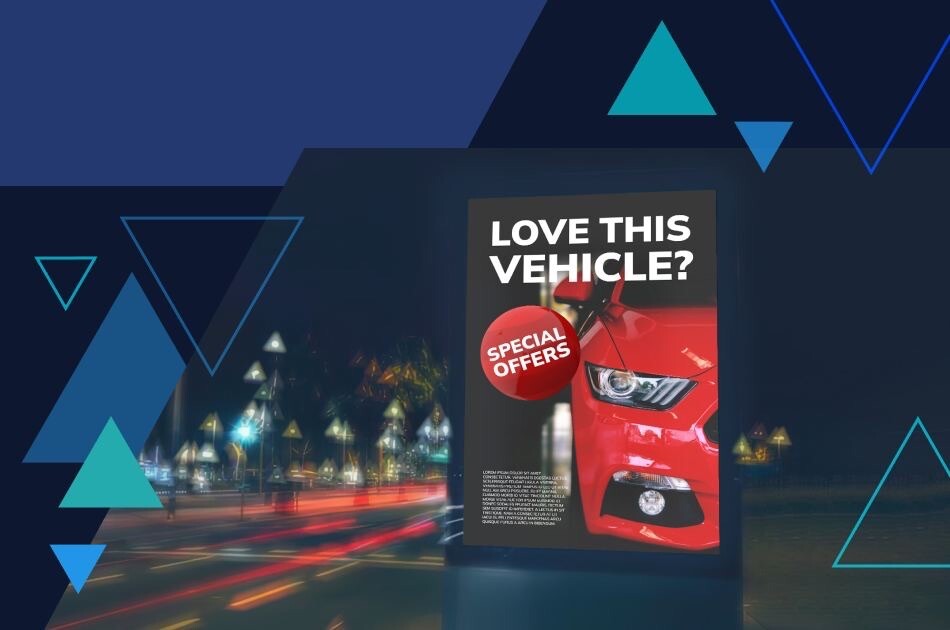
Automobile Dealer Advertising Guidelines
Running a car dealership is hardly possible without managing marketing campaigns regardless of the size or specialty of the business. Most car dealerships have to introduce persuasive promotions, adjust prices, provide attentive customer services in order to get buyers’ attention and remain competitive in a highly-saturated American car retail market.
Since advertising is going to be an integral part of your enterprise, it can cause lots of headache if not performed correctly. The simple reason for that are federal advertising regulations put on state advertising guidelines that shape one of the strictest car selling environments in the world.
So, what car dealerships often tend to overlook is that apart from all the marketing activities mentioned above they also have to comply with a large set of strict government regulations. And to perform well car dealers have to balance their ad strategies with all these general and state-specific requirements. For example, federal regulations, among other things, will require dealerships to reveal the information whether they are dealerships and operate in vehicle selling business in order to prevent possible fraudulent models.
Digital Out-of-Home Advertising for Dealerships
Since the best place to seek drivers’ attention is while they commute, the most effective way for advertisers to reach them would be placing ads on congested roads. That’s where outdoor advertising along with digital billboards are best for car selling campaigns.
Besides regular Out Of Home (OOH) billboards, technology advances gave us attractive and efficient digital options, which is why car manufacturers and dealerships increase their efforts in this direction and merge out-of-home strategies with other advertising activities. Marketers are looking to even further boost the effectiveness of out-of-home advertisements to adjust their messaging with creative approaches through dayparting, dynamic messaging, real-time geo-targeting, and dozens of other parameters that automatically trigger suitable ads. Companies like Dash Two specialize in helping brands navigate the complexities of DOOH advertising, ensuring maximum impact and compliance with industry regulations.
DOOH covers a wide range of screen shapes, sizes, or interactivity and is considered one of the fastest-growing ad mediums in the United States. The innovative technology behind DOOH targeting and engagement capabilities naturally accelerates the growth of commercial display adoption. The Global DOOH advertising market size is expected to grow at an 11.9% CAGR pace, while the U.S. DOOH market alone is projected to reach $11.3 billion by the year 2026, as claimed by a Research and Markets report.
Car dealer advertisement regulations
As soon as you get an automobile dealer license, the rules are changing as you can no longer be an ‘individual selling by owner’, you will have to advertise as a licensed automobile dealer. The American law obliges you to proclaim this information before any transactions happen between the parties.
Besides that, some states force their dealers to feature the dealership name in every ad and/or require dealerships to point out whether they offer to sell new or used cars as well as instruct advertisers to mention all financing conditions in an ad – everything that can be related to down payment terms, additional charges, and other conditions at signing.
Upon ‘sale’ car dealership advertising has to include the start and the end date for that sale, while advertising a specific type of vehicle, you must display the vehicle year, make, and the name of the model. At the same time, it is prohibited to use ‘misleading’ advertising terms like “at cost”, “above cost”, “at no cost”, because for the customers it’s hard to determine the actual cost behind these phrases, nor can they know if there are hidden qualification rules for ‘free’ items. If there are, then this type of advertising will not pass moderation. For instance, dealers cannot run ads for “Free coffee” and require customers to do a hundred pushups to get it. This kind of messaging is only allowed when the offered items are always free with no additional conditions and regardless of purchase intent.
No Room For Bait & Switch Advertising
As a licensed automobile dealer you are obliged by law not to use bait and switch ads in your marketing activities. What’s bait and switch? That’s the type of false advertising when dealers switch an advertised item with another offer under some pretense. For example, a person sees an advertisement offering a 2015 BMW M3 but upon visit, it turns out that particular vehicle is already sold and instead they can offer a 2018 Focus. That’s called baiting and such a strategy is illegal in all 50 states. In a real life scenario if that happens, you should never ever switch your advertised offers to anything else. Instead, you can apologize for not having the particular car in stock and promise to contact the customer when it arrives back to inventory.
Another form of bait and switch advertising is when it displays a vehicle that is knowingly not in stock or in limited stock. In case your dealership only possesses a limited number of cars, you should state that information in an ad. You also must not advertise vehicles for a certain price while only having higher price range equipment to offer. If your ad violates any of those rules, it could lead to license suspension and fines. To find out whether your ad complies with the state guidelines, you can visit your local dealer training association or a dealer licensing bureau for more details.

